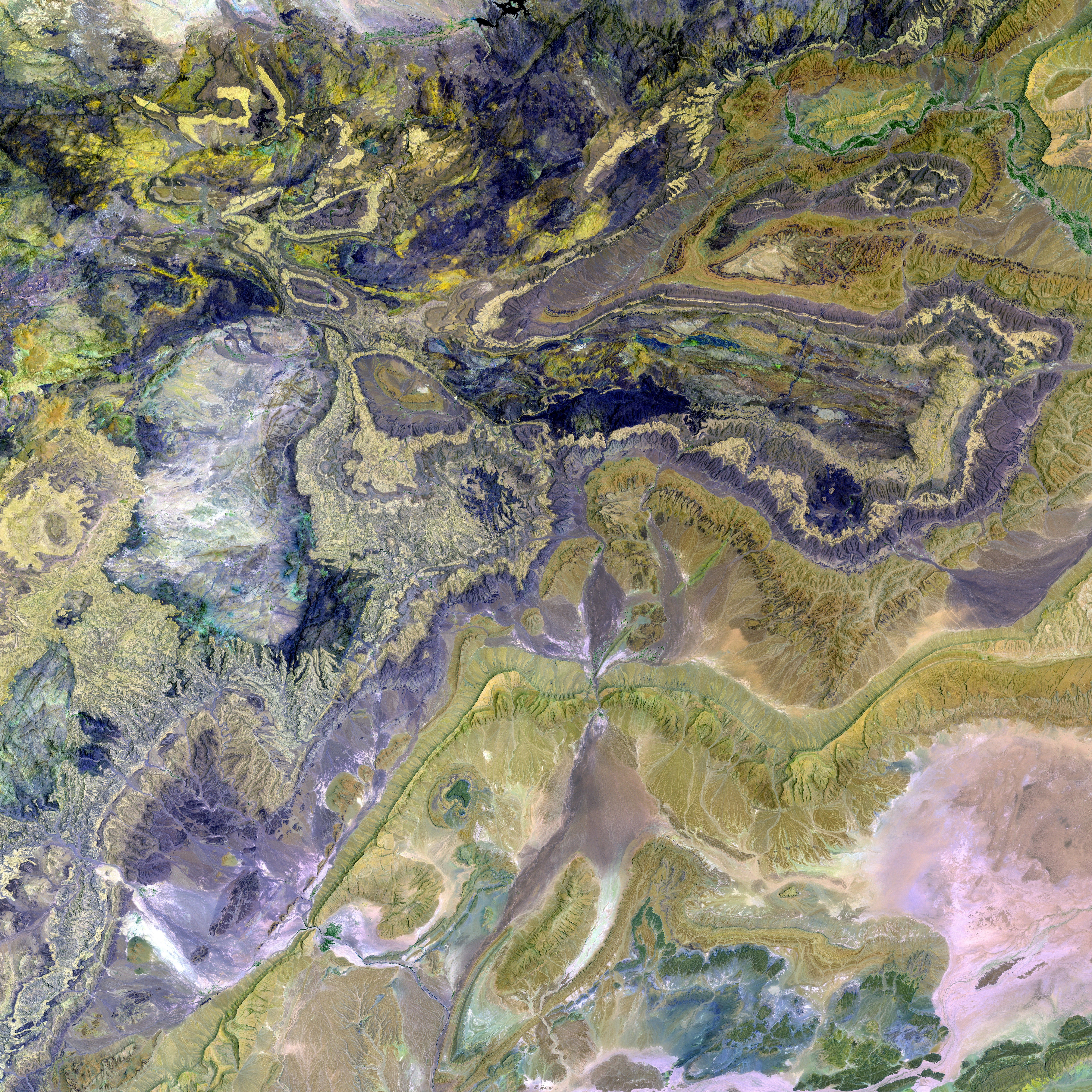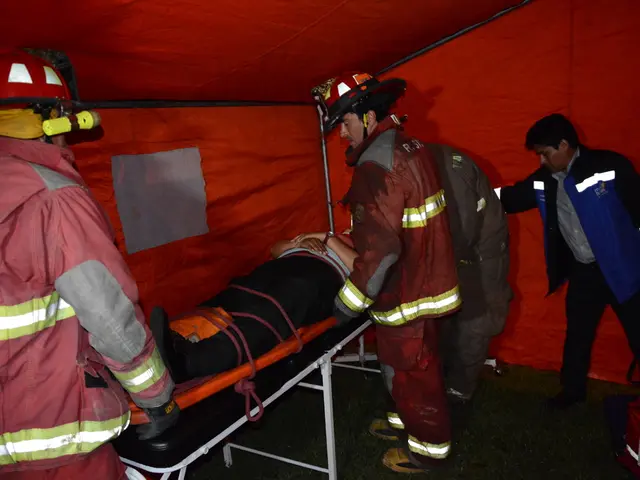Distinguishing Age Spots from Skin Cancer: Identification Tips
Knowing the Differences: Age Spots vs. Skin Cancer, Decoded
Skin imperfections often have folks worried about their health. Two common ones are age spots and skin cancer, and they can look alarmingly similar. Here's a breakdown of their differences to help you separation fact from fear.
Age Spots vs. Skin Cancer: A Visual Guide
- Age Spots: These are harmless spots caused by the body producing excess melanin in response to sun exposure. Their appearance is flat, smooth, and usually yellow, brown, or gray. Age spots have well-defined borders and are found on sun-exposed areas like the face, hands, and shoulders.
- Skin Cancer: This is a malignant growth that can develop from excessive sun damage. Unlike age spots, skin cancer can be dangerous and spread if left untreated. The appearance of skin cancer varies, but the ABCDE rule can help you spot its signs: Asymmetrical shape, irregular border, differing colors, a diameter larger than a pencil eraser, and evolving moles or lesions.
Symptoms to Watch Out For
- Age Spots: These spots usually do not itch, change color, or vary in size or shape.
- Skin Cancer: Often appears as a changing mole, sore, or lesion. Any mole or skin growth that doesn't heal, bleeds, or changes in color, shape, or size requires immediate medical attention.
The Lowdown on Treatment
- Age Spots: While you don't need to treat age spots, some people may seek cosmetic removal options like creams, laser treatment, or chemical peels.
- Skin Cancer: Depending on the type and stage, treatment includes surgery, chemotherapy, radiation therapy, targeted therapy, or immunotherapy. Early detection is crucial for successful treatment.
Stepping Up Sun Safety
Prevent both age spots and skin cancer by limiting sun exposure, wearing protective clothing, using sunscreen with SPF 30 or higher, and seeking shade during peak hours. Remember, knowledge is power, and understanding the differences between age spots and skin cancer can give you peace of mind!
- Seniors, being more susceptible to sun damage, should be aware of the differences between age spots and skin cancer, as both have similar appearances but differ in their nature.
- In the realm of dermatology, age spots are harmless skin conditions that occur due to sun exposure, while skin cancer is a form of cancer that requires immediate attention due to its potential to spread.
- Other skin cancers, like melanoma, can also pose health risks and share some visual similarities with age spots, making it crucial to understand the signs and symptoms of various medical conditions.
- In the pursuit of health and wellness, practicing good skin care, such as avoiding excessive sun exposure, wearing protective clothing, and using sunscreen, can help prevent the development of both age spots and skin cancer.
- For those dealing with skin conditions like age spots or skin cancer, seeking professional help from medical providers specialized in oncology or skin care is essential for accurate diagnosis and proper treatment.








